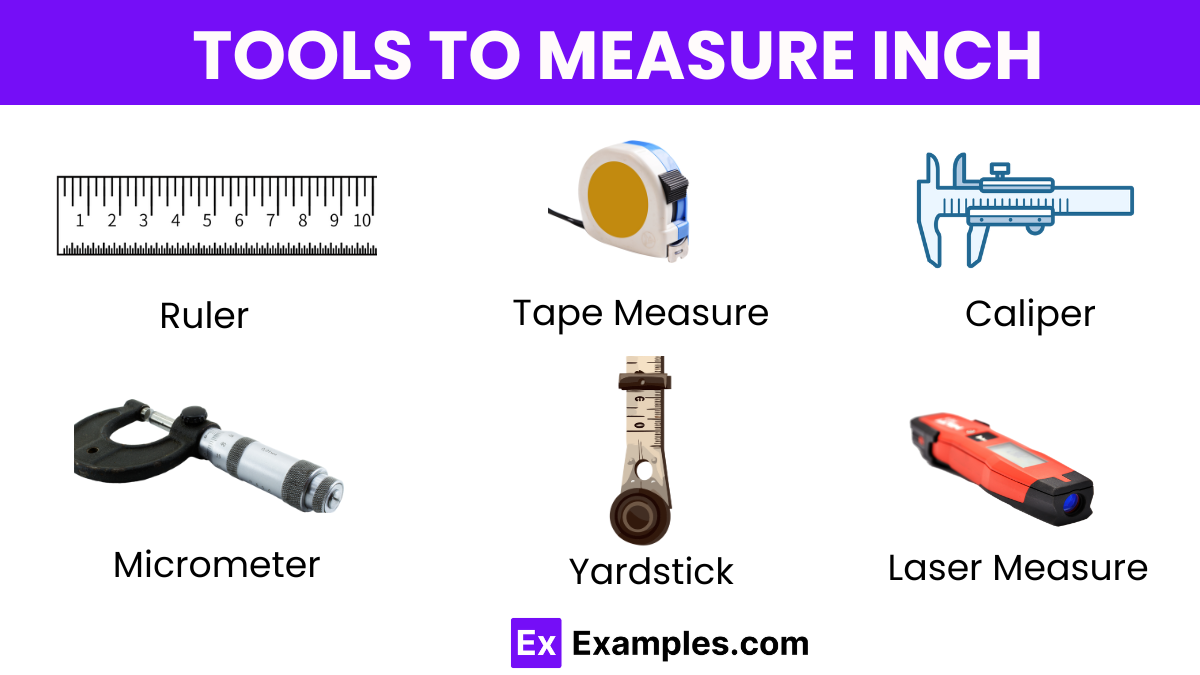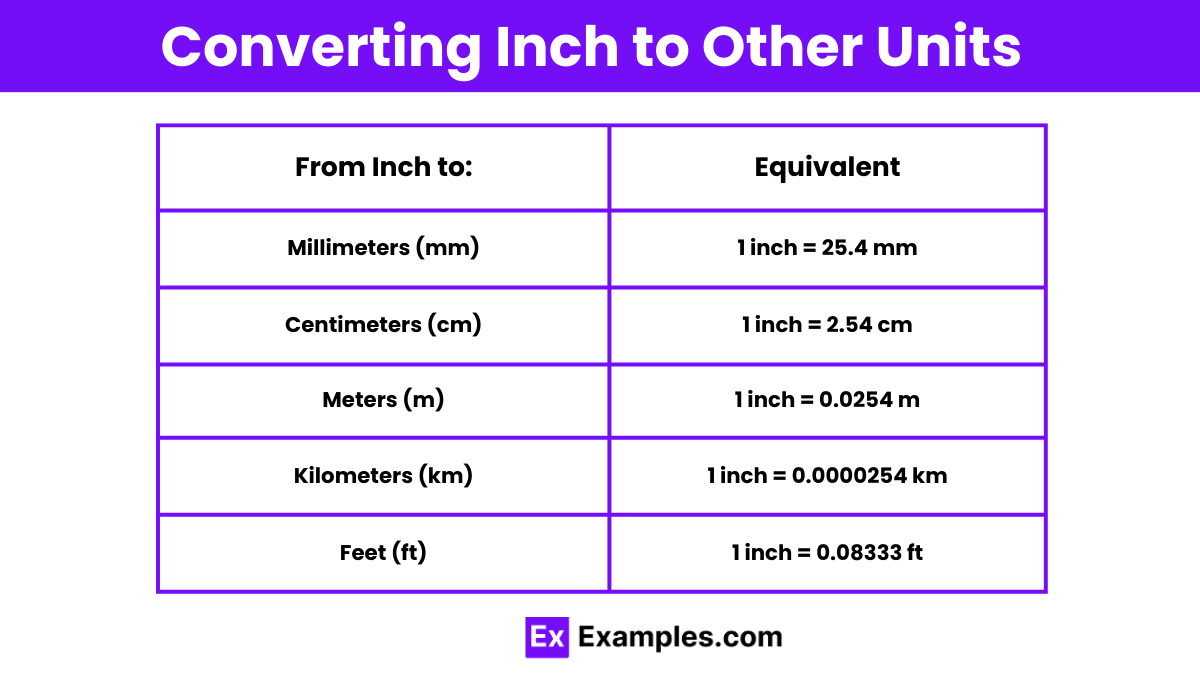The inch, a small yet mighty unit of measurement, plays a fundamental role in numerous aspects of daily life and precise scientific work. Originating from the width of a human thumb, it has been standardized over centuries and is now crucial for engineering, crafting, and digital displays. This guide explores the inch in all its glory—from its historical roots to its practical applications in today’s technology-driven world. Dive into the intricate world of inches to discover its pivotal importance.
What Is a Inch?
An inch is a unit of length in the Imperial and United States customary systems, measuring exactly 2.54 centimeters. Historically based on the width of a human thumb, it is now a standardized length used globally. Essential in construction, manufacturing, and technology, inches are integral for specifying screen sizes, dimensions in architecture, and much more. This unit’s versatility makes it indispensable in many fields, bridging traditional measurements with modern needs in both practical and digital realms.
Tools to Measure Inch

Measuring an inch accurately is crucial for various applications from crafting to construction. Here are eight tools that are commonly used to measure an inch:
- Ruler – The most common tool for measuring inches, ideal for quick linear measurements.
- Tape Measure – A flexible ruler used to measure longer lengths and can easily measure around curves and corners.
- Caliper – Offers precise measurements of the internal and external dimensions of objects. Digital models provide readings in inches on a small display.
- Micrometer – Highly precise tool used in mechanical engineering that measures thickness or the diameter of small objects in inches.
- Yardstick – Similar to a ruler but longer; commonly used in tailoring and woodworking for measuring fabrics and wood.
- Measuring Wheel – While typically used for larger distances, it can also be used for detailed work in inch increments.
- Laser Measure – Uses a laser to measure distances, which are then displayed digitally, often with the option to read in inches.
- Scale Software – Software tools that can convert digital images into measurements (like CAD software), where you can specify the scale in inches.
These tools cater to different needs, from home DIY projects to professional engineering tasks, ensuring precise measurements in inches for various applications.
Converting Inch to Other Units of Measurement of Length

Below is a straightforward table that illustrates how to convert inches into other commonly used units of measurement for length:
| From Inch to: | Equivalent |
|---|---|
| Millimeters (mm) | 1 inch = 25.4 mm |
| Centimeters (cm) | 1 inch = 2.54 cm |
| Meters (m) | 1 inch = 0.0254 m |
| Kilometers (km) | 1 inch = 0.0000254 km |
| Feet (ft) | 1 inch = 0.08333 ft |
| Yards (yd) | 1 inch = 0.02778 yd |
| Miles (mi) | 1 inch = 0.00001578 mi |
| Nautical Miles (nmi) | 1 inch = 0.0000137 nmi |
This table provides a clear and concise reference for converting inches to various other measurements, from very small scales like millimeters to large units such as mile, using precise and rounded conversion factors.
Here are the conversions from inches to various other units of length, presented in a clear and straightforward format:
Inch to Millimeters:
1 inch = 25.4 millimeters.
Multiply the inch value by 25.4 to convert to millimeter.
Example: 2 in is 2 x 25.4 = 50.8 mm.
Inch to Centimeters:
1 inch = 2.54 centimeters.
Multiply the inch value by 2.54 to convert to centimeter.
Example: 3 in equals 3 x 2.54 = 7.62 cm.
Inch to Meters:
1 inch = 0.0254 meters.
Multiply the inch value by 0.0254 to convert to meter.
Example: 0.5 in is 0.5 x 0.0254 = 0.0127 m.
Inch to Kilometers:
1 inch = 0.0000254 kilometers.
Multiply the inch value by 0.0000254 to convert to kilometer.
Example: 100 in is 100 x 0.0000254 = 0.00254 km.
Inch to Feet:
1 inch = 0.08333 feet.
Multiply the inch value by 0.08333 to convert to feet.
Example: 12 in equals 12 x 0.08333 = 1 foot.
Inch to Yards:
1 inch = 0.02778 yards.
Multiply the inch value by 0.02778 to convert to yards.
Example: 36 in is 36 x 0.02778 = 1 yard.
Inch to Miles:
1 inch = 0.00001578 miles.
Multiply the inch value by 0.00001578 to convert to miles.
Example: 63,360 in is 63,360 x 0.00001578 = 1 mile.
Inch to Nautical Miles:
1 inch = 0.0000137 nautical miles.
Multiply the inch value by 0.0000137 to convert to nautical miles.
Example: 72,960 in is 72,960 x 0.0000137 = 1 nautical mile.
These conversions provide an easy reference for how distances measured in inches can be converted to a variety of other measurement units, applicable in different scenarios.
Uses of Inch

The inch is a fundamental unit of measurement used extensively across various fields. Here are ten primary uses of the inch:
- Construction: Used to measure dimensions for building materials such as wood, pipes, and tiles.
- Manufacturing: Crucial in the production of machine parts and electronics where precise measurements are necessary.
- Engineering: Employed in designing and building infrastructure, including roads, bridges, and buildings.
- Home Improvement: Measures furniture dimensions, spaces for appliances, and during renovations.
- Crafting: Essential for accurate measurements in sewing, scrapbooking, and jewelry making.
- Education: Taught in schools to help students understand concepts of length and measurement.
- Woodworking: Used to ensure cuts and joints are made precisely for quality craftsmanship.
- Textiles: Helps in measuring cloth for cutting and sewing in fashion design and upholstery.
- Technology: Defines screen sizes for televisions, monitors, and smartphones.
- Photography and Art: Used to frame pictures, design layouts, and scale drawings accurately.
These uses highlight the inch’s versatility as a measurement standard, integral to professional practices and daily activities alike.
FAQs
What does one inch look like?
One inch visually represents the top of a standard thumb, from the tip to the first joint. It’s also about the size of a U.S. quarter’s diameter. This small measurement serves as a quick visual benchmark for estimating small lengths and is commonly depicted on rulers for precision.
What is the 1 ⁄ 2 inch on a ruler?
On a ruler, a 1/2 inch marking is found halfway between any two whole inch markings. It is one of the larger lines on a standard inch ruler, usually marked distinctly to allow for easy readability. It’s essential for precise measurements in crafting, building, and more.
How do you divide 1 inch?
To divide an inch, use the smaller markings on a ruler; each inch is typically divided into 16 or 32 equal parts. For more precise projects, some specialty rulers may divide an inch into 64ths. This division helps in detailed measurements necessary in engineering and detailed crafts.
What item is 1 inch?
Common items that approximate one inch in length include the diameter of a quarter, the width of a standard paperclip, or the size of a large button. These everyday objects can be used for quick measurements when a ruler is not available.
How much is 1 inch on a finger?
Typically, one inch on an adult’s finger corresponds roughly to the width of the largest part of the thumb, which is about one thumb’s width. This rough estimate provides a convenient measure during quick or informal tasks when precise tools are not at hand.



